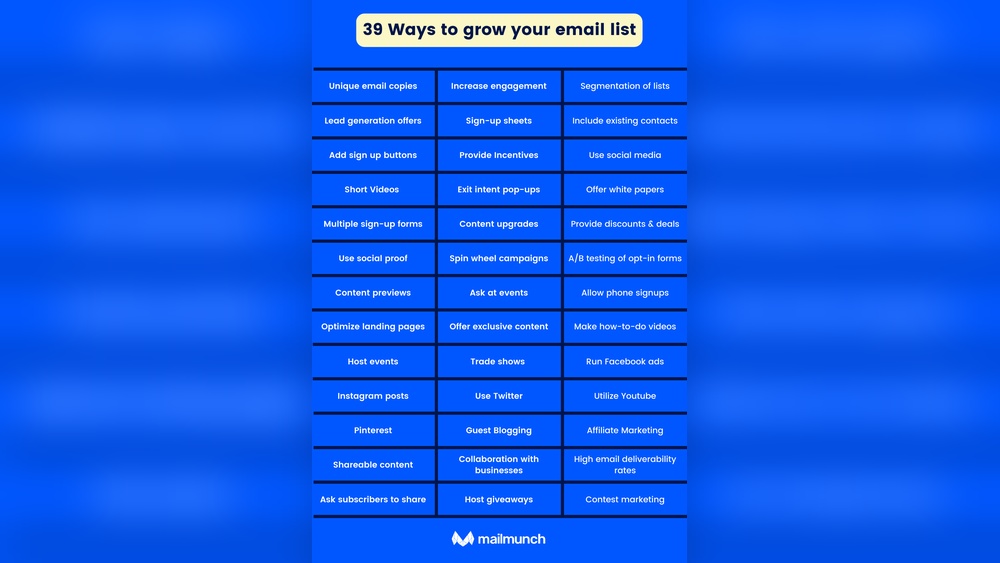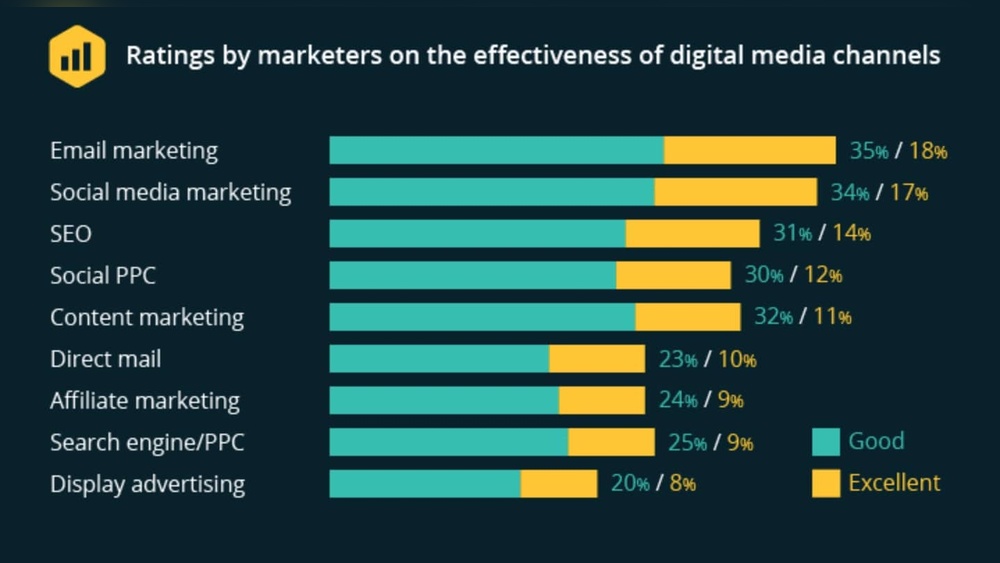Computer Vision and Image Processing tools analyze and interpret visual data. These tools improve accuracy and efficiency in various applications.
Computer Vision and Image Processing are crucial in today’s technology-driven world. They help machines understand and process images and videos, enabling advancements in fields like healthcare, automotive, and entertainment. Tools like OpenCV, TensorFlow, and MATLAB offer robust frameworks for developers and researchers.
OpenCV provides extensive libraries for real-time computer vision, while TensorFlow supports deep learning models for image recognition. MATLAB is known for its comprehensive image processing capabilities. These tools not only streamline development but also enhance the precision of visual data analysis. Their integration is vital for innovations in AI, robotics, and more.

Credit: www.amazon.com
The Evolution Of Computer Vision
Computer vision has transformed drastically over the decades. This technology enables machines to interpret and understand the visual world. From early experiments to the integration of artificial intelligence, the journey is remarkable.
From Early Experiments To Ai Integration
The early days of computer vision involved basic image processing. Scientists focused on identifying simple shapes and patterns. Progress was slow due to limited computational power.
In the 1980s, researchers developed algorithms to detect edges and corners. This was a breakthrough. It paved the way for more complex tasks.
By the 1990s, computer vision incorporated machine learning. This allowed systems to learn from data. The accuracy and speed of image processing improved significantly.
Today, AI integration has revolutionized computer vision. Deep learning models can recognize faces, objects, and even emotions. These models are trained on vast datasets. They continuously improve over time.
Milestones In Computer Vision Technology
| Year | Milestone |
|---|---|
| 1960s | Basic image processing experiments |
| 1980s | Edge and corner detection algorithms |
| 1990s | Introduction of machine learning techniques |
| 2012 | Deep learning models achieve breakthrough performance |
| 2020s | AI-powered applications in healthcare, security, and more |
Here are some key developments in computer vision:
- 1960s: Basic image processing started.
- 1980s: Edge detection algorithms developed.
- 1990s: Machine learning techniques introduced.
- 2012: Deep learning models showed breakthrough performance.
- 2020s: AI applications expanded in various fields.
These milestones highlight the rapid evolution of computer vision.
Core Concepts In Image Processing
Understanding the core concepts in image processing is crucial for anyone diving into computer vision. These concepts form the backbone of how machines interpret and manipulate images. Let’s delve into two fundamental aspects: pixels and matrices, and color models and transformations.
Pixels And Matrices: The Building Blocks
Every digital image consists of pixels. Pixels are the smallest units of an image. Each pixel represents a single point of color. Think of a pixel as a tiny dot in a massive grid.
This grid is known as a matrix. A matrix is a rectangular array of numbers. In image processing, these numbers represent pixel values. Here’s a simple example:
| Pixel | Value |
|---|---|
| (1,1) | 255 |
| (1,2) | 128 |
| (2,1) | 64 |
| (2,2) | 0 |
This table shows a 2×2 matrix with pixel values. Each value represents the intensity of the pixel. Higher values mean brighter pixels. Lower values mean darker pixels.
Color Models And Transformations
Colors in images are represented using color models. The most common model is RGB. RGB stands for Red, Green, and Blue. Each pixel in an RGB image has three values: one for red, one for green, and one for blue.
Another important concept is color transformations. Color transformations help convert images from one color model to another. For example, converting an RGB image to a grayscale image. This process involves calculating the intensity of each pixel based on its RGB values.
Here’s a simple RGB to grayscale formula:
Gray = 0.299Red + 0.587Green + 0.114Blue
In this formula, the coefficients represent the perceived intensity of each color. Red has the highest impact, followed by green, and then blue.
Understanding these core concepts helps build a strong foundation in image processing. These basics are essential for more complex tasks in computer vision.
Key Tools And Libraries For Developers
Computer vision and image processing are revolutionizing many industries. Developers need the right tools to build powerful applications. Here are some key tools and libraries that every developer should know.
Opencv: The Open-source Cornerstone
OpenCV (Open Source Computer Vision Library) is a crucial tool. It is an open-source library for computer vision and machine learning. With over 2,500 optimized algorithms, it covers many vision-related tasks. These include:
- Object detection
- Face recognition
- Image stitching
- 3D model extraction
OpenCV supports multiple programming languages such as Python, C++, and Java. It also works on different platforms like Windows, Linux, and Mac OS. Developers can use it to build real-time applications with ease. Here’s a simple example of reading and displaying an image using OpenCV:
import cv2
# Load an image from file
image = cv2.imread('path_to_image.jpg')
# Display the image
cv2.imshow('Displayed Image', image)
cv2.waitKey(0)
cv2.destroyAllWindows()
Tensorflow And Pytorch: Deep Learning Frameworks
TensorFlow and PyTorch are powerful tools for deep learning. TensorFlow, developed by Google, provides flexible architecture for deploying machine learning models. It supports both CPU and GPU computing. Its high-level API, Keras, makes it easier to build models. Here is a simple example of a neural network using TensorFlow:
import tensorflow as tf
from tensorflow.keras import layers
# Create a simple model
model = tf.keras.Sequential([
layers.Dense(128, activation='relu'),
layers.Dense(10, activation='softmax')
])
# Compile the model
model.compile(optimizer='adam', loss='sparse_categorical_crossentropy', metrics=['accuracy'])
# Summary of the model
model.summary()
PyTorch, developed by Facebook, is another popular deep learning framework. It is known for its dynamic computation graph. This makes it more flexible and easier to debug. Developers find it intuitive and user-friendly. Below is a basic example of creating a neural network in PyTorch:
import torch
import torch.nn as nn
# Define a simple neural network
class SimpleNN(nn.Module):
def __init__(self):
super(SimpleNN, self).__init__()
self.fc1 = nn.Linear(784, 128)
self.fc2 = nn.Linear(128, 10)
def forward(self, x):
x = torch.relu(self.fc1(x))
x = torch.softmax(self.fc2(x), dim=1)
return x
# Instantiate and print the model
model = SimpleNN()
print(model)
Both TensorFlow and PyTorch have extensive documentation and community support. They are widely used in research and industry. Developers can choose either based on their project needs.

Credit: www.mathworks.com
Applications Transforming Industries
Computer Vision and Image Processing Tools are changing many industries. They provide innovative solutions that enhance efficiency and accuracy.
Healthcare Diagnostics And Treatment
In healthcare, these tools help doctors diagnose diseases early. They analyze medical images like X-rays and MRIs with high precision.
AI algorithms detect abnormalities that the human eye might miss. This leads to faster and more accurate diagnoses.
Treatment plans are also improved using these tools. For instance, they help in planning surgeries by providing detailed images of the affected area.
| Application | Benefit |
|---|---|
| Early Disease Detection | Increases survival rates |
| Surgical Planning | Reduces risk during operations |
Automotive Safety And Autonomous Driving
In the automotive industry, these tools make cars safer. Computer Vision helps in detecting obstacles on the road.
Image Processing is used in autonomous driving. It enables the car to understand its environment.
These tools help in lane detection, traffic sign recognition, and pedestrian detection. This makes driving safer for everyone.
- Obstacle detection
- Lane detection
- Traffic sign recognition
- Pedestrian detection
Boosting Business With Image Analytics
Image analytics uses computer vision to transform business operations. Companies can gain insights from images, improving decision-making and efficiency. From retail to security, image analytics offers various applications.
Retail Insights Through Image Data
Retailers use image analytics to understand customer behavior. Cameras capture images of store activities. These images provide data on customer movements and interactions.
Key benefits include:
- Identifying popular products
- Optimizing store layouts
- Improving customer service
A table can illustrate the benefits:
| Benefit | Impact |
|---|---|
| Popular Products | Better inventory management |
| Store Layouts | Enhanced shopping experience |
| Customer Service | Increased customer satisfaction |
Enhancing Security With Facial Recognition
Facial recognition technology improves security measures. It identifies individuals in real-time, helping prevent unauthorized access.
Applications include:
- Access control
- Surveillance
- Law enforcement
Facial recognition provides several advantages:
- Increased accuracy
- Faster identification
- Reduced human error
Implementing these technologies boosts security and operational efficiency.
Challenges And Ethical Considerations
Computer vision and image processing tools have changed many fields. These tools can recognize faces, detect objects, and much more. But they also bring challenges and ethical concerns. Let’s explore some key issues.
Privacy Issues In An Age Of Surveillance
Privacy is a major concern today. Surveillance cameras are everywhere. They capture our every move. Computer vision can analyze this footage. It can identify people and track their actions. This can feel invasive.
Many worry about their privacy. They don’t want to be watched all the time. Companies and governments use these tools. They need to ensure they respect people’s privacy. Regulations are needed to protect individuals.
Here is a table that summarizes the main privacy issues:
| Privacy Concern | Description |
|---|---|
| Surveillance | Constant monitoring of public and private spaces |
| Data Storage | Storing large amounts of personal data |
| Unauthorized Access | Hackers accessing private footage |
Bias In Machine Learning Models
Bias in machine learning models is another big issue. These models learn from data. If the data is biased, the model will be too. This can lead to unfair outcomes.
For example, a model trained on mostly white faces may not recognize other races well. This is unfair and can have serious consequences. It is crucial to use diverse and representative datasets.
Here are some steps to reduce bias:
- Use diverse datasets
- Regularly audit models for bias
- Involve diverse teams in model development
Future Trends In Computer Vision
Computer vision is evolving rapidly. Future trends promise exciting changes. New tools and technologies are emerging. They will shape how we process images. These trends impact many fields. They include augmented reality, virtual environments, and quantum computing.
Augmented Reality And Virtual Environments
Augmented reality (AR) and virtual environments (VR) are growing. They create immersive experiences. AR overlays digital information on the real world. VR creates entirely new virtual spaces. Both rely heavily on computer vision.
AR can be used in education. Students can see 3D models of planets. VR helps in training simulations. Pilots can practice flying planes in a virtual world. These technologies enhance learning and training.
- Education: 3D models and interactive lessons
- Training: Realistic simulations for pilots and doctors
- Entertainment: Immersive games and experiences
The Impact Of Quantum Computing On Image Processing
Quantum computing is another future trend. It will revolutionize image processing. Quantum computers can process data much faster. This speed is crucial for complex image tasks. They can handle vast amounts of data effortlessly.
With quantum computing, real-time image analysis becomes possible. This can benefit healthcare. Doctors can get instant results from medical scans. It also aids in security. Systems can quickly identify threats in surveillance footage.
| Field | Impact of Quantum Computing |
|---|---|
| Healthcare | Faster analysis of medical scans |
| Security | Quick identification of threats |
| Research | Efficient data processing for experiments |
Learning Resources And Communities
Computer vision and image processing are rapidly evolving fields. There are many resources and communities to support your learning journey. This section will guide you through the best learning resources and communities available.
Online Courses And Certifications
There are many online courses and certifications available. These can help you master computer vision and image processing.
- Coursera: Offers courses from top universities. Examples include the “Deep Learning Specialization” by Andrew Ng and “Computer Vision Basics” by the University at Buffalo.
- edX: Provides courses like “Computer Vision” by Columbia University and “Deep Learning for Computer Vision” by IBM.
- Udacity: Features the “Computer Vision Nanodegree” program. This is a comprehensive learning path for computer vision enthusiasts.
These platforms offer certifications upon course completion. These certifications can enhance your resume and demonstrate your expertise.
Forums And Groups For Peer Support
Joining forums and groups can provide peer support and enrich your learning experience.
- Stack Overflow: A popular platform where you can ask questions and get answers from experienced developers.
- Reddit: Subreddits like r/computervision and r/MachineLearning are valuable for discussions and insights.
- GitHub: Explore repositories and collaborate with other developers on projects.
These platforms foster a sense of community. You can learn from others’ experiences and share your knowledge.
| Platform | Type | Benefits |
|---|---|---|
| Coursera | Online Courses | Courses from top universities |
| Stack Overflow | Forum | Peer support from experienced developers |
| GitHub | Collaborative Platform | Collaborate on projects |

Credit: www.mdpi.com
Frequently Asked Questions
How Is Computer Vision Used In Image Processing?
Computer vision enhances image processing by enabling object recognition, pattern detection, and image segmentation. It automates tasks like facial recognition, medical imaging analysis, and quality control in manufacturing. This technology improves accuracy and efficiency in various applications.
What Are The Tools For Computer Vision?
Popular computer vision tools include OpenCV, TensorFlow, PyTorch, and Keras. These frameworks offer powerful libraries for image processing, object detection, and machine learning. Use these tools to develop and implement computer vision applications effectively.
What Is An Image Processing Tool?
An image processing tool enhances, modifies, or analyzes digital images. It includes features like cropping, filtering, and resizing. These tools improve image quality for various applications.
Which Is Better, Opencv Or Tensorflow?
OpenCV excels in computer vision tasks, while TensorFlow is better for deep learning applications. Choose based on your project needs.
Conclusion
Computer vision and image processing tools are revolutionizing industries. They enhance efficiency, accuracy, and decision-making. Adopting these technologies can provide a competitive edge. Stay updated with advancements to leverage their full potential. Embrace these tools to transform your workflows and achieve greater success.






